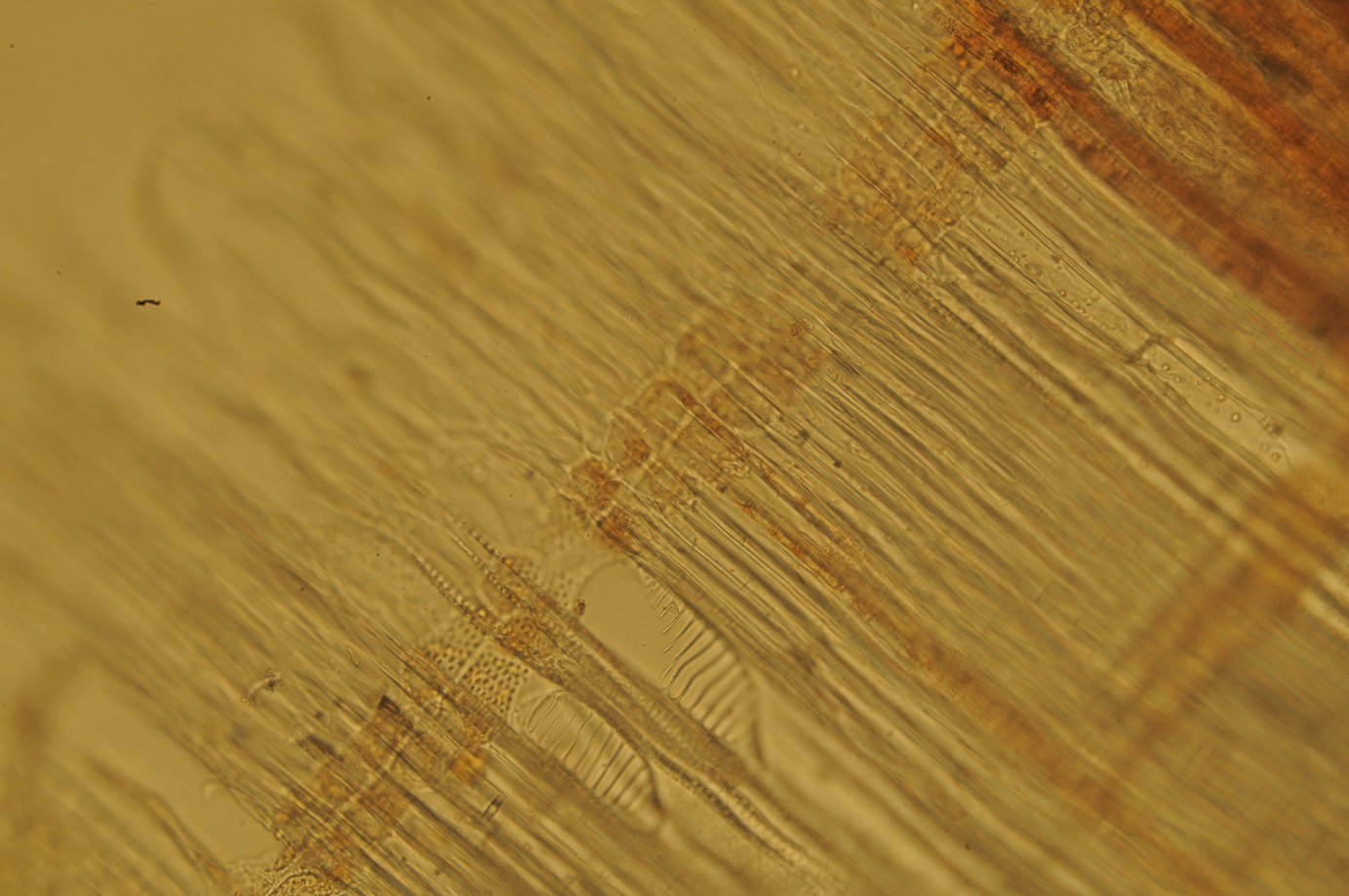Dendro

Dendro instrument
Dating with dendrochronology requires precise measurements of tree-ring widths. We measure to at least one hundredth of a millimetre using the lab’s two LINTABTM measurement tables. These can take both cores and slabs conveniently. We use specially designed software for the tree-ring analysis (Rinntech TSAP-Win).
Knowing the wood species is important both for dendrochronology and radiocarbon dating. Tree-ring chronologies are constructed separately for different species because the growing season, climate response, hence the ring pattern is different. In radiocarbon dating, the careful evaluation of macrofossil fragments helps determine the most suitable material for dating, such as seeds, twigs, plant remains, and short-lived species of wood or charcoal.
Tree species can be determined from microscopic characteristics of wood anatomy. This is usually taken to the genus level because species within a genera or family may be anatomically indistinguishable. At the National Laboratory for Age Determination, we use transmitted light microscopy to identify wood and reflected light for charcoals.